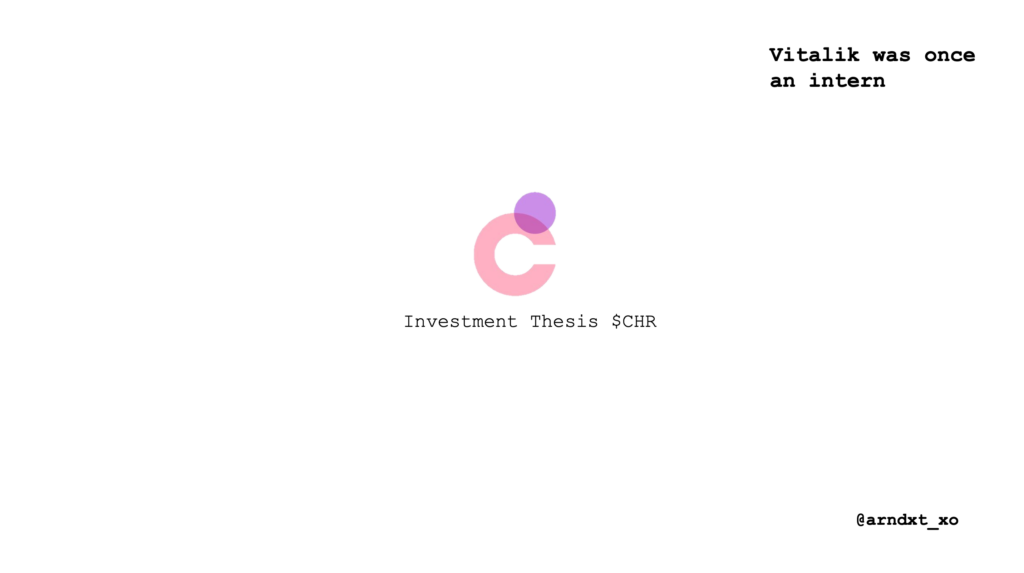Research Summary
The report discusses the performance and developments of several cryptocurrency projects, including Hivemapper, DIMO, Arweave, Render, Akash Network, Livepeer, and IoTeX. It provides insights into each project’s growth, user engagement, and unique features, emphasizing their contributions to the decentralized and blockchain ecosystems.
Key Takeaways
Hivemapper’s Rapid Growth and Community Engagement
- Hivemapper’s Expansion: Hivemapper, a mapping platform, has mapped 90 million total road km in its first year, accounting for 10% of global roads. The platform’s Map AI pipeline is fully operational, processing 4.2 million reviews last week, a significant increase from 500,000 weekly reviews in September.
- Community Involvement: Hivemapper’s community has shown high engagement, with over 8,000 dashcams delivered worldwide and more than 2,000 monthly AI Trainers validating the system’s outputs. The platform also incentivizes contributors through HONEY Burst bounties, which have seen hit rates exceeding 90%.
DIMO’s User Retention and Reward System
- DIMO’s User Base: DIMO, an open connected vehicle platform, has added over 24,000 vehicles to its network since its launch in Q4 2022. The platform rewards users with $DIMO tokens, which can be used for auto services.
- High User Retention: DIMO has a high retention rate, with 52% of users still holding 100% of any token rewards received from the protocol. Users can also earn rewards by using service providers available in the DIMO Marketplace.
Arweave’s Transaction Growth and Stable Fee Market
- Arweave’s Transaction Volume: Arweave, a decentralized protocol for permanent data storage, reached an all-time high of 321 million monthly transactions in November 2023, representing over 159% month-on-month growth and roughly 9.4 times year-on-year growth.
- Stable Fee Market: Despite the growing transaction volume, Arweave’s fee market has remained stable, demonstrating the protocol’s scalability. The network is currently adding around 170 pieces of data per second.
Render’s Payment Growth and Infrastructure Upgrade
- Render’s Payment Increase: Render, a distributed marketplace for GPU-intensive rendering jobs, saw payments to GPU providers increase by 82% month-on-month and 898% year-on-year in November. The average annualized monthly payment per unique Render node operator reached an all-time high of $35,256.
- Infrastructure Upgrade: Render Network upgraded its core infrastructure from Ethereum to Solana in November 2022, encouraging RNDR token holders to migrate tokens from Ethereum to Solana using the Render Network Upgrade Assistant.
IoTeX’s User Growth and DePIN Liquidity Hub
- IoTeX’s User Base: IoTeX, a modular Web3 infrastructure platform, has over 258,000 global users across 120 countries. The platform’s DePINscan, a DePIN map explorer and dashboard, saw connected devices grow by over 300,000 in the past month.
- DePIN Liquidity Hub: To address the lack of liquidity for new DePIN tokens, IoTeX launched the DePIN Liquidity Hub. As a result, liquidity and volume on mimo, the DePIN DEX, have risen by over 100% in the past two months.
Actionable Insights
- Explore Hivemapper’s Community Engagement: Consider the effectiveness of Hivemapper’s community engagement strategies, such as the use of HONEY Burst bounties, in driving platform growth and user participation.
- Assess DIMO’s User Retention Strategies: Evaluate the impact of DIMO’s reward system on user retention and engagement, and how it could be applied to other platforms.
- Understand Arweave’s Scalability: Investigate how Arweave manages to maintain a stable fee market despite its growing transaction volume, and what this implies about the protocol’s scalability.
- Examine Render’s Infrastructure Upgrade: Look into the implications of Render Network’s upgrade from Ethereum to Solana, and how it affects the platform’s performance and user experience.
- Investigate IoTeX’s DePIN Liquidity Hub: Explore the role of IoTeX’s DePIN Liquidity Hub in boosting liquidity and trading volume for new DePIN tokens, and its potential impact on the broader DePIN ecosystem.















